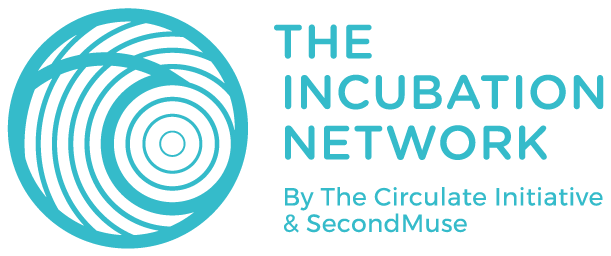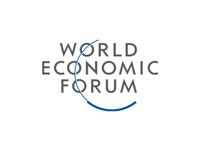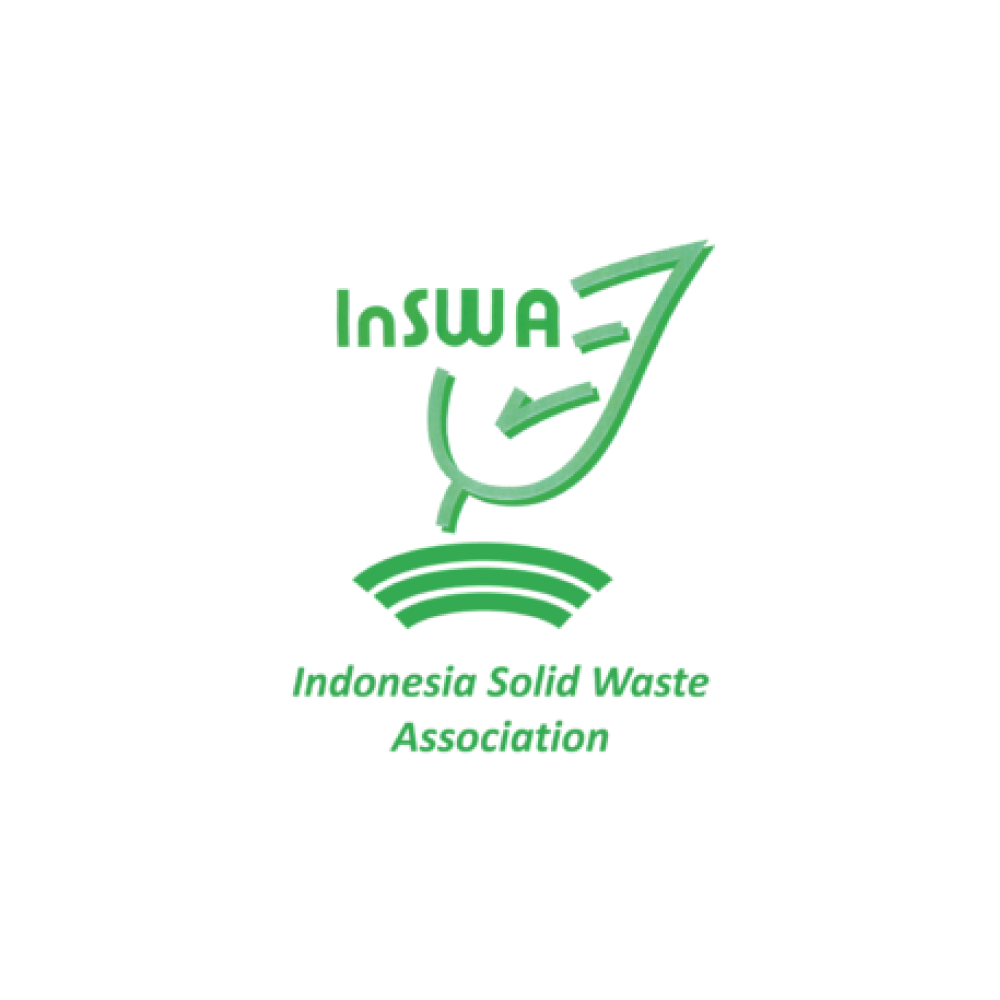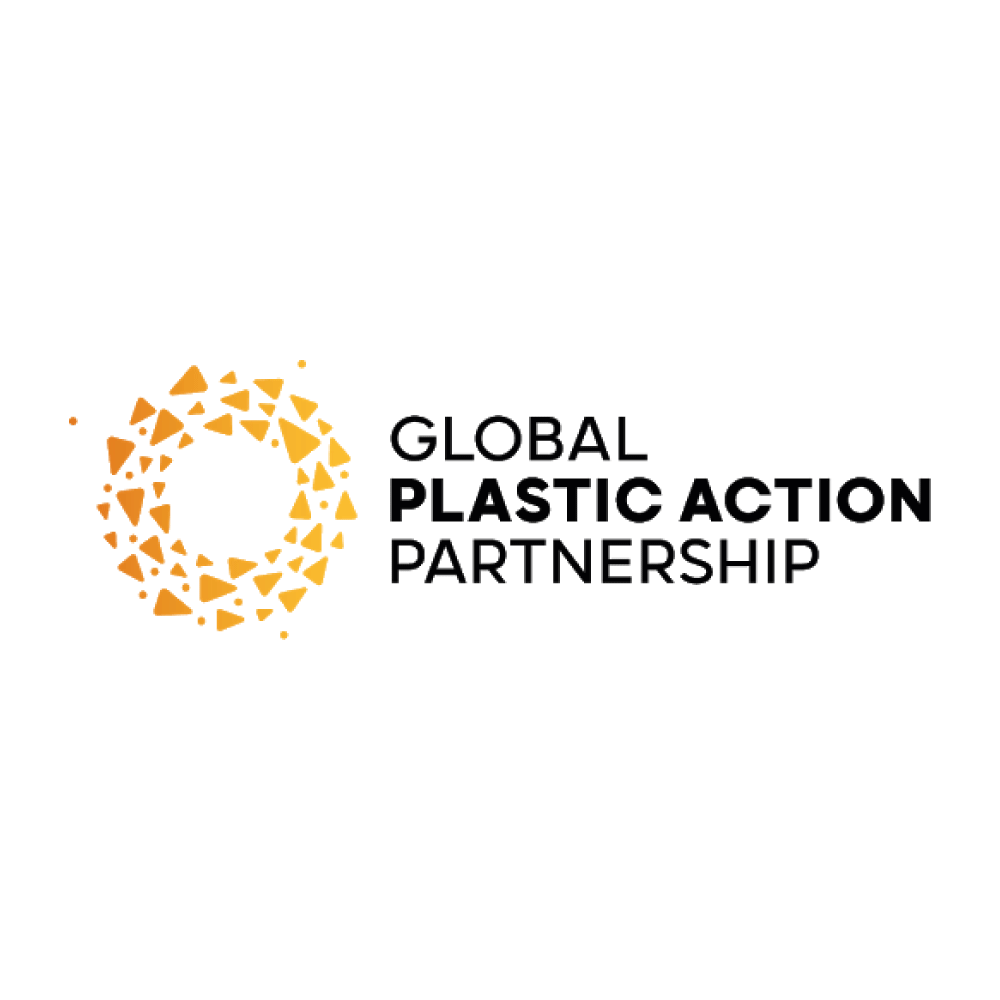








Highlights
Highlights
NEWS HIGHLIGHT

The Challenges
DOING WELL BY DOING GOOD
The Challenges
DOING WELL BY DOING GOOD
Plastic is one of the best modern human inventions over the past 100 years, bringing unparalleled benefits to humankind. However, given its durability and longevity, plastic waste becomes a huge challenge for a greener, better world.
THE BENEFITS:
Plastic has the best functionalities – lightweight (save energy to transport), preserve food freshness, waterproof, flexible, printable
Compared to paper, steel, Plastic takes less energy to produce, therefore very economical and scalable
Plastic is enhancing our lives everywhere – from our food packaging, low cost airlines, medical devices, diapers, shopping bags, polyester shirts, bottles, etc.
THE CHALLENGES:
When Plastic becomes waste, its durability becomes a problem – it takes Plastic 500 to 1000 years to naturally degrade
In its natural degradation process, plastic physically fragments to become dangerous micro plastic
Human behavior and bad waste management cause up to 8mn tons plastic / yr “leak” into the ocean

GREENHOPE SEEKS TO USHER THE NEXT GENERATION OF PLASTICS THROUGH Degradable & plant-based technology
greenhope is redesigning the future of plastic through biobased biodegradable & biodegradable plastic technology
GREENHOPE SEEKS TO USHER THE NEXT GENERATION OF PLASTICS THROUGH Degradable & plant-based technology
greenhope is redesigning the future of plastic through biobased biodegradable & biodegradable plastic technology
For real impact to be widespread and sustainable, Greenhope believes that any solutions to address the above problem needs to achieve four things:
Effective and reliable in its technological claims and functional, bringing clear environmental benefits
Economical, therefore can be adapted by vast majority of the market as oppose to expensive, niche product affordable by select few
Scalable, can be produced efficiently at scale, even better utilizing existing equipment
Contextual, suitable for the local socio-cultural, behavior, income level, land area, of the country and people
Greenhope’s two main technologies, oxo-biodegradable additive Oxium and cassava-based Ecoplas that biodegrades achieve just that. Adding Oxium to various Plastic products will speed up the Plastic’s molecular and chemical degradation (not physical fragmentation causing microplastic) by cutting off its long hydro carbon chains allowing microbes to eat and biodegrade it. Products made of Ecoplas will biodegrade, photodegrade, and oxodegrade simultaneously once thrown out.
Both technologies have been widely tested, scrutinized, highlighted, locally and internationally such as World Economic Forum, Institute of Marketecology Switzerland (IMO), Southeast Asia and Germany’s certification labs, and many others.
Greenhope seeks like-minded partners, plastic producers, brand owners, NGOs, government agencies, to collaborate and apply our technologies to together solve the Plastic waste challenge. We believe working together is the only way to achieve our common objective.
Less ego, more eco
WHY BIODEGRADABLE SOLUTIONS?
3R (Reduce, Reuse, Recycle) is good and we actively support it, however it is not enough because it does not deal with Plastic’s end-of-life. We need the 4th R: Return to Earth, to really return plastic naturally back to earth and holistically close the life cycle loop
REDUCE
We all need to use only what we need. Education, advocacy, incentives as well as disincentives (e.g. paid plastic shopping bags) to achieve this can be implemented.
reuse
Product design, education, should encourage Reuse as much as possible. For example in Indonesia, the thin plastic shopping bags are heavily reused as garbage can liner, to the point that the thicker garbage liner plastic that is prevalent in developed countries do not exist.
recycle
It is critical to continue improve plastic recycling rate, we all should do our best here. However, we need to also recognize there are real technical (e.g. multi-layer laminated plastic packaging) and economical (e.g. bulky polystyrene as well as other low value items are hard to collect economically) limitations. Plastic is also generally cannot be recycled forever (it downgrades).
return to earth
After allowing for all 3R above, the biodegradable technology then will biodegrade the Plastic at chemical and molecular levels – cutting off its long hydrocarbon chains (not physical fragmentation!), allowing microbes to consume it and help reduce accumulation at the landfill. It will degrade the plastic within 2-5 years, much better than natural 500-1000 years.
oUR sOLUTIONS

Foundation
WE ARE HONORED TO BE PART OF THESE AMAZING MOVEMENTS, TOGETHER CHANGING THE WORLD TO BE A BETTER PLACE
Foundation
WE ARE HONORED TO BE PART OF THESE AMAZING MOVEMENTS, TOGETHER CHANGING THE WORLD TO BE A BETTER PLACE


Featured in
featured in
Featured in
featured in

Collaboration & Consultation
IN COLLABORATION & CONSULTATION WITH
Collaboration & Consultation
IN COLLABORATION & CONSULTATION WITH











































































